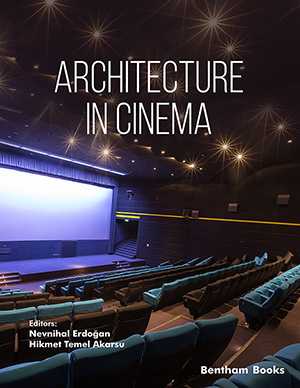Abstract
The Name of the Rose is a 1986 film by Jean-Jacques Annaud, a novel
adaptation, and a co-production of German, French, and Italian companies. The Name
of the Rose, as it is known, is a 'historical mystery without police' by Umberto Eco, in
which the 'political' authority war between the ruling power and the papacy institution,
the conflicts between sects, and the pressures of religion on the people in Europe at the
beginning of the 14th century, were woven like needlework through a seven-day slice
of life and the seven sins associated with seven deaths. It is a tough novel with a detailoriented approach and philosophical weight in which Eco's deep knowledge is reflected
in every line. The Name of the Rose is a book that has been translated into many
languages, has been selected in the list of The Top 100 Crime Novels of All Time by
the British Crime Writers' Association, and has been criticized for its approach to
religion, but has also received much acclaim. Due to these features, it is a long and
luscious work that carries serious risks to be adapted into cinema, and every detail has
a meaning that cannot be ignored.
Yet, in every frame of the film, in all open and closed spaces, the misery of the famine
years of the Middle Ages, the bitter face of poverty, and the oppression of religion can
be seen and felt. As those who have read the novel will remember, Eco began to
describe the structure and the environment from the moment the protagonists started to
see the monastery from afar. Once inside the monastery, all structures of the complex
were explained in detail in terms of their place, size, form, relations with each other,
and decoration. Undoubtedly, it is not possible to reflect this much detail properly in a
limited time; however, it must be admitted that Annaud managed to reflect the general
historical and architectural atmosphere as best as he could. The scenes in which we
watch the eerie depictions of the reliefs, which also observe uneasiness and even fear,
make the audience at least as uncomfortable as Adso.
Cinema, which expresses its concerns through moving images, is a field of study that
reveals its existence in other art branches and has to follow the technology closely.
Literature and cinema, which have a common dramatic source, have always progressed
art in art, and in The Name of the Rose, the relationship and affiliation of architecture,
which is a visual field of study focused on intervention in space and designing the
space for cinema has come to life in a much stronger and more violent way.
Keywords: Architecture in cinema, Béla balázs, Christian Slater, Cesar, Elia baskin, Feodor chapliapin, Helmut qualtinger, Literary adaptation in cinema, Jean-Jacques annaud, Jr. F. murray abraham, Medieval age, Monastery, Michael lonsdale, Sean connery, The name of the rose, Tonino delli colli, Ron pearlman, Umberto eco, Volker prechtel, William hickey.







